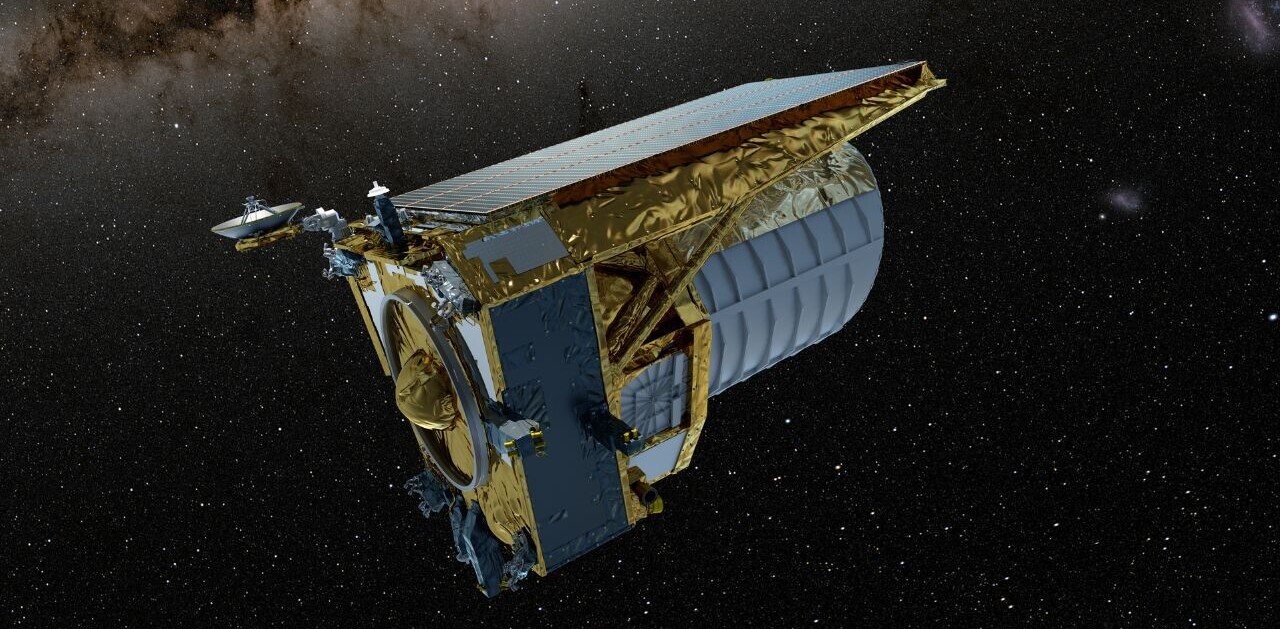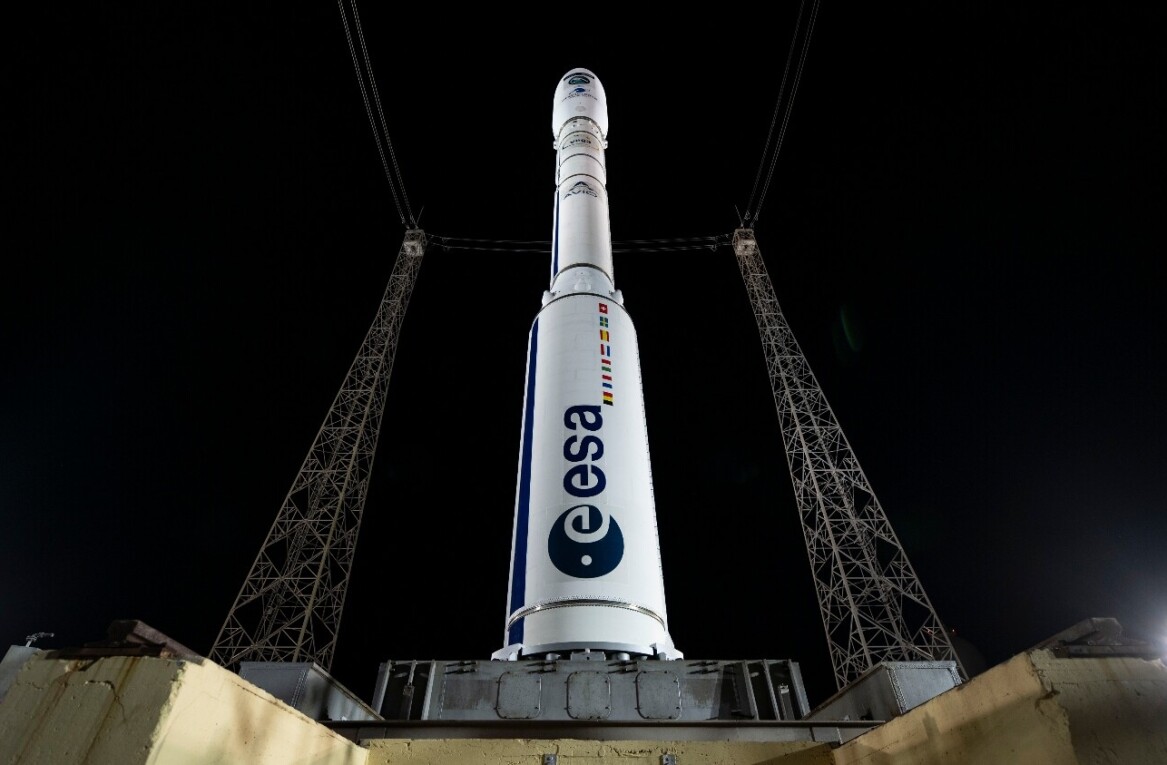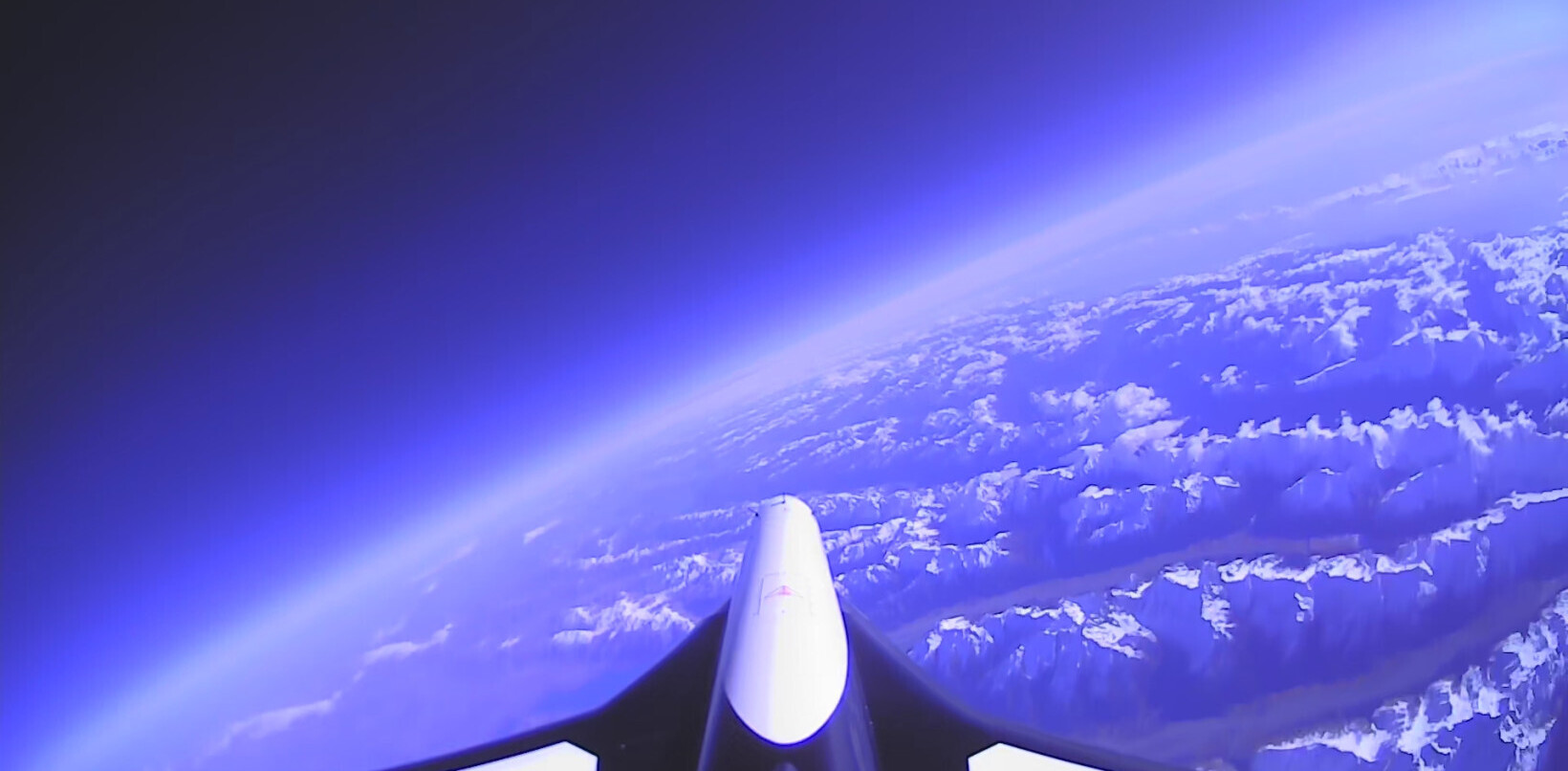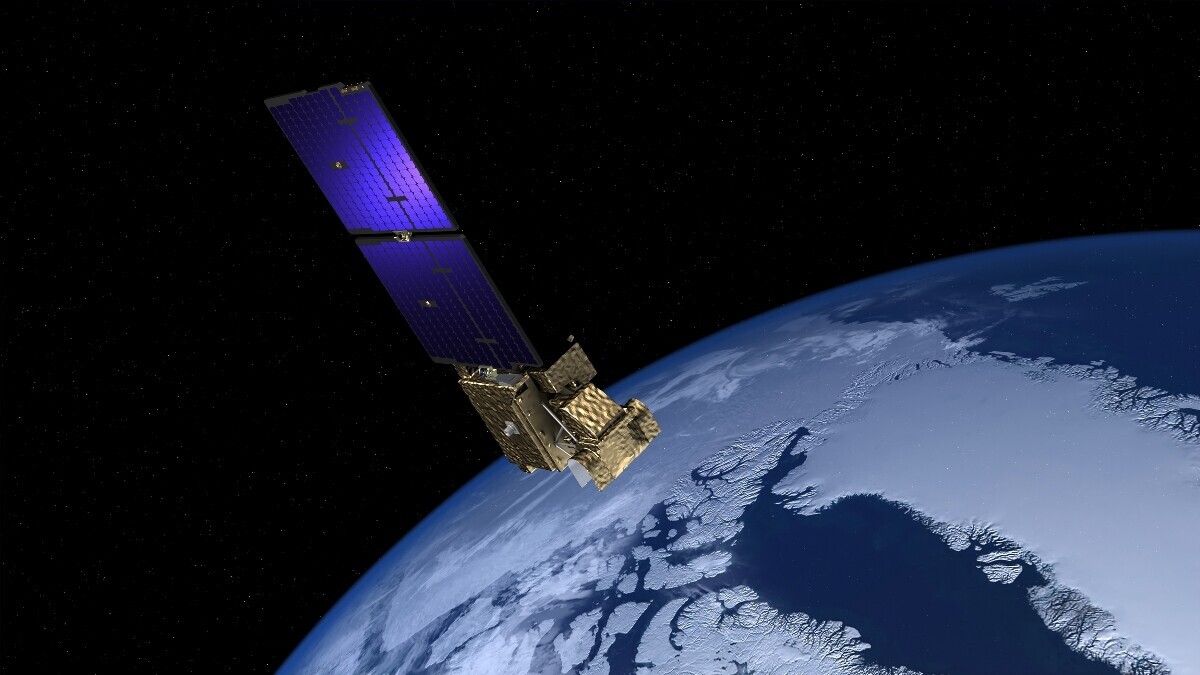
The European Space Agency (ESA) has picked Germany’s Exolaunch to provide critical launch services for its Artic Weather Satellite (AWS), as the agency looks to outsource more of its space missions to private companies.
Already built and currently undergoing testing in Germany, the AWS is expected to dramatically improve weather forecasts in the Arctic — a region that currently lacks data for accurate short-term forecasts.
The microsatellite is due to launch in June this year aboard a SpaceX Falcon 9 rocket. The launcher will propel the AWS some 600 kilometres into the air, after which it will separate and begin orbiting the Earth.
Key to the mission will be the successful separation of the satellite from the rocket, a critical moment that, if something goes wrong, can result in a launch failure.
Here’s where Exolaunch comes in. The company’s CarboNIX device is billed as the lowest-shock and lowest-tumbling separation system ever used in space. Key to this instrument is a patented synchronous spring pusher system that smoothly deploys satellites.

While companies that build and launch rockets — for instance, SpaceX and Arianespace — are practically household names, many other private companies do equally critical work.
Firms like Exolaunch, and many others, fill in the gap between the rocket launcher and satellite manufacturer, providing the tools and knowledge of getting complex satellites into orbit.
“Exolaunch is of paramount importance to guarantee the mission’s schedule and timely start of the AWS weather data distribution to the end users,” said Ville Kangas, project manager of Arctic Weather Satellite at ESA.
The AWS is the first of what could potentially be a constellation of satellites providing almost real-time temperature and humidity data from every location on Earth. This would enable, for the first time, very short-range weather forecasting, or “nowcasting,” in the Arctic. Meteorologists will also use the mission to improve weather forecasts around the world.
The satellite was built by private space manufacturer OHB Sweden, which also subcontracted work to 14 small and medium-sized enterprises. Setups like these are becoming increasingly common, as private companies become more involved in space exploration.
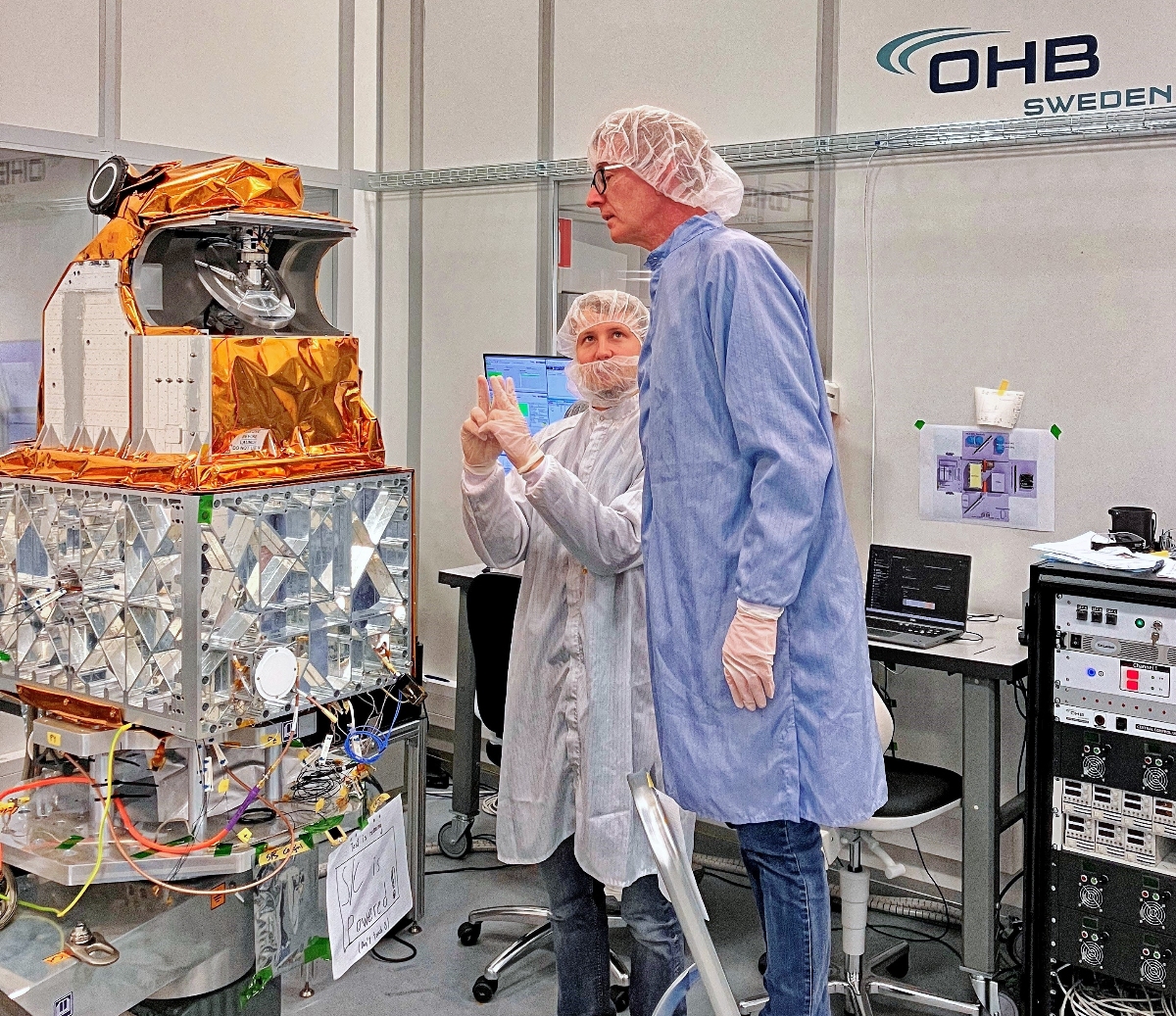
For Exolaunch, securing its very first contract with the ESA is a crucial milestone. “This collaboration is not just about a single mission; it’s about establishing a foundation of trust with a prestigious institution like ESA,” said Exolaunch chief commercial officer Jeanne Allarie.
While Europe’s space industry is maturing, it is still largely reliant on foreign companies like SpaceX for launch capabilities. But this could soon change.
The Ariane 6 heavy-lift rocket, built by Arianespace, is due to launch in the summer — reinstating European independent access to space.
For smaller satellites, several promising startups like Rocket Factory Augsburg and Isar Aerospace are set to launch their first rockets into orbit within the next year or so. Europe could even soon have its very own spaceport.
Get the TNW newsletter
Get the most important tech news in your inbox each week.
